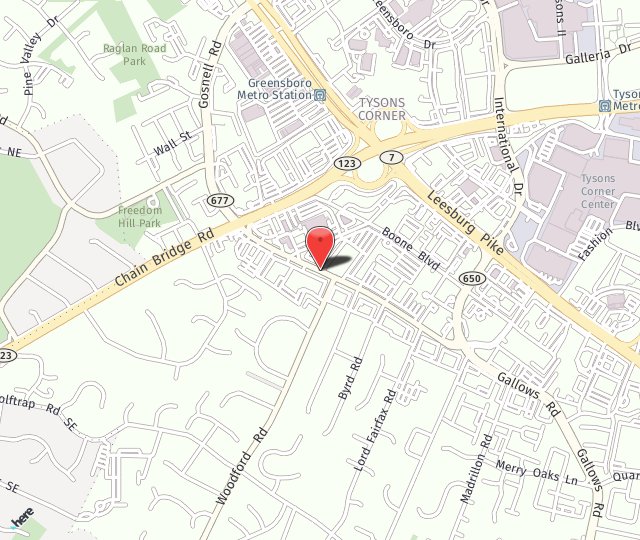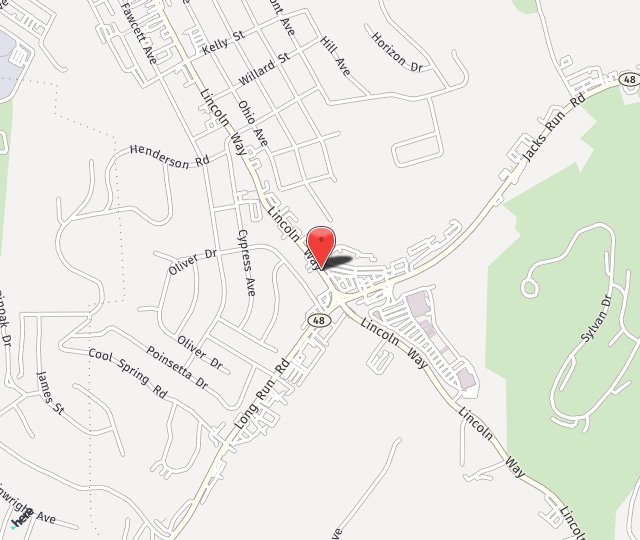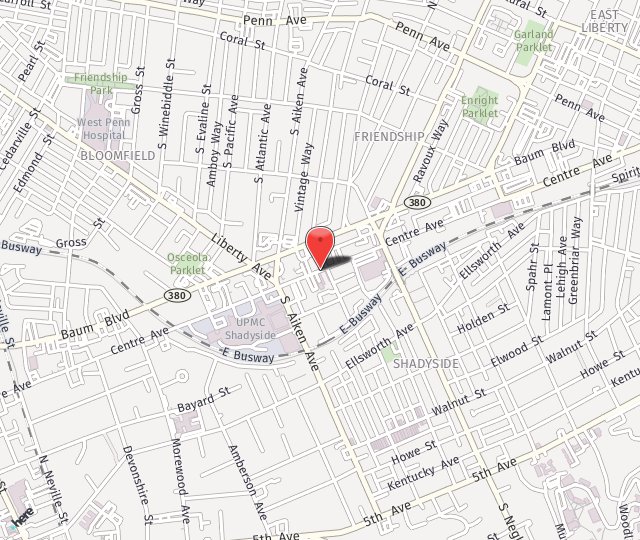Using the LenSx® Laser for Enhanced Consistency and Precision
By Gary Foster, MD
The femtosecond laser for refractive cataract surgery aims to improve the safety and accuracy of cataract surgery for our patients, and the LenSx® Laser is helping me achieve these goals.
Several studies have shown the laser has a short learning curve, and advances in software have led to better wound architecture and greater precision in
creating an anterior capsulotomy.1-6
I’ve become such a believer in this technology that I’m grappling with whether or not I should perform standard, manual cataract surgery at all.
Reproducible Incisions
Studies have shown that the LenSx® Laser decreases lens tilt,7,8 which in turn decreases lens coma.7 Tilt and coma can affect residual astigmatism and the overall quality of vision for our patients. An irregularly shaped capsulorhexis makes it more likely to have inconsistent coverage and increases the risk of lens tilt, which can cause coma.
A more consistent capsulorhexis has been shown to improve effective lens position and the femtosecond laser provides greater consistency in the size and shape of the capsulorhexis than I can achieve manually.
The LenSx® Laser not only standardizes arcuate incisions, it standardizes the variables around making those incisions. I’ve noticed less corneal edema on postop day 1 after patients undergo femtosecond surgery.
Enhanced Precision
The LenSx® Laser takes into account OCT-driven measurements of exact corneal thickness in deciding how to place the arcuate incision. The fact that everyone’s cornea is different is carefully measured and understood through the OCT. Those elements are then taken into account during the incision
planning and the delivery of the laser aspects of the surgery.
When I was performing bladed incisions, I used a 600-micron diamond blade regardless of the patient’s corneal thickness. I was incising at a variable and inconsistent percentage of depth, leading to uncontrolled variables from patient to patient. Those variables are eliminated by femto technology.
The next big advance for the LenSx® Laser will be adding the VERION™ Image Guided System to help improve precision and planning. The VERION™ will measure the center of the visual axis and the center of the undilated pupil. When I use the LenSx® Laser, the VERION™
Image Guided System will present those images to me as an overlay to guide the centering of the capsulorhexis. That level of precision is one more step forward in improving effective lens positioning and decreasing lens tilt and coma.
The VERION™ reference unit will also have a built-in nomogram to further customize planning for my arcuate incisions.
With all these advances, I’m definitely a femto advocate.
References
1. Palanker DV, Blumenkranz MS, Andersen D, et al. Femtosecond laser-assisted cataract surgery with integrated optical coherence tomography. Sci Transl Med. 2010; 2(58):58ra85.
2. Roberts TV, Lawless M, Chan CC, et al. Femtosecond laser cataract surgery: technology and clinical practice. Clin Experiment Ophthalmol.
2013;41(2):180-186.
3. Bali SJ, Hodge C, Lawless M, Roberts TV, Sutton G. Early experience with the femtosecond laser for cataract surgery. Ophthalmology.
2012;119(5):891-899.
4. Roberts TV, Sutton G, Lawless MA, Jindai-Bali S, Hodge S. Capsular block syndrome associated with femtosecond laser-assisted cataract surgery. J Cataract Refract Surg. 2011;37(11): 2068-2070.
5. Roberts TV, Lawless M, Bali SJ, Hodge C, Sutton G. Surgical outcomes and safety of femtosecond laser cataract surgery: a prospective study of 1,500
consecutive cases. Ophthalmology. 2013;120(2):227-233.
6. Lundström M, Behndig A, Kugelberg M, Montan P, Stenevi U, Thorburn W. Decreasing rate of capsule complications in cataract surgery: eight-year study of
incidence, risk factors, and data validity by the Swedish National Cataract Register. J Cataract Refract Surg. 2011;37(10):1762-1767.
7. Mihaltz K, Knorz MC, Alio JL, et al. Internal aberrations and optical quality after femtosecond laser anterior capsulotomy in cataract surgery. J Refract Surg. 2011;27(10):711-716.
8. Kranitz K, Mihaltz K, Sandor GL, Takacs A, Knorz MC, Nagy ZZ. Intraocular lens tilt and decentration measured by Scheimpflug camera following manual or
femtosecond laser-created continuous circular capsulotomy. J Refract Surg. 2012;28(4):259-263




